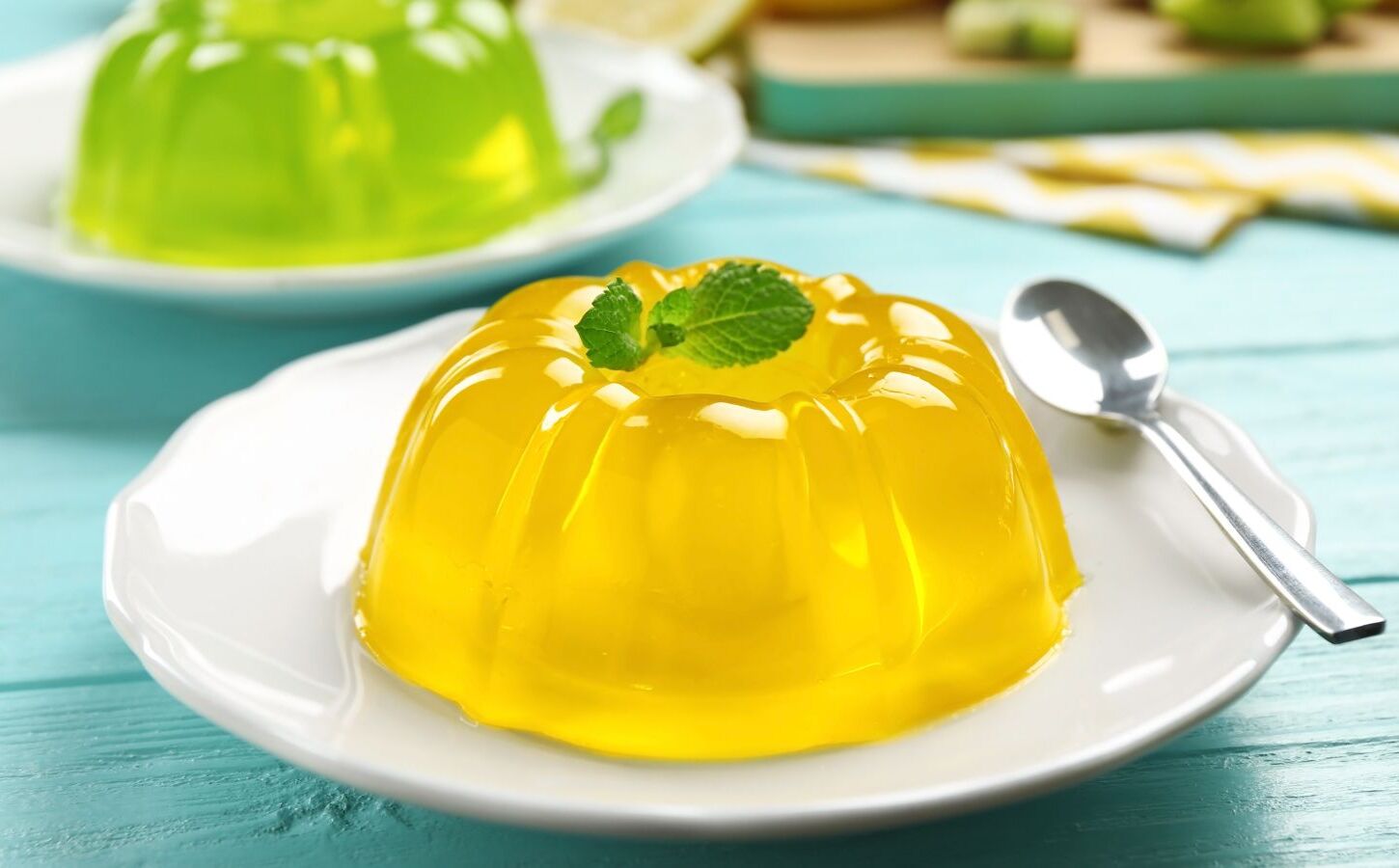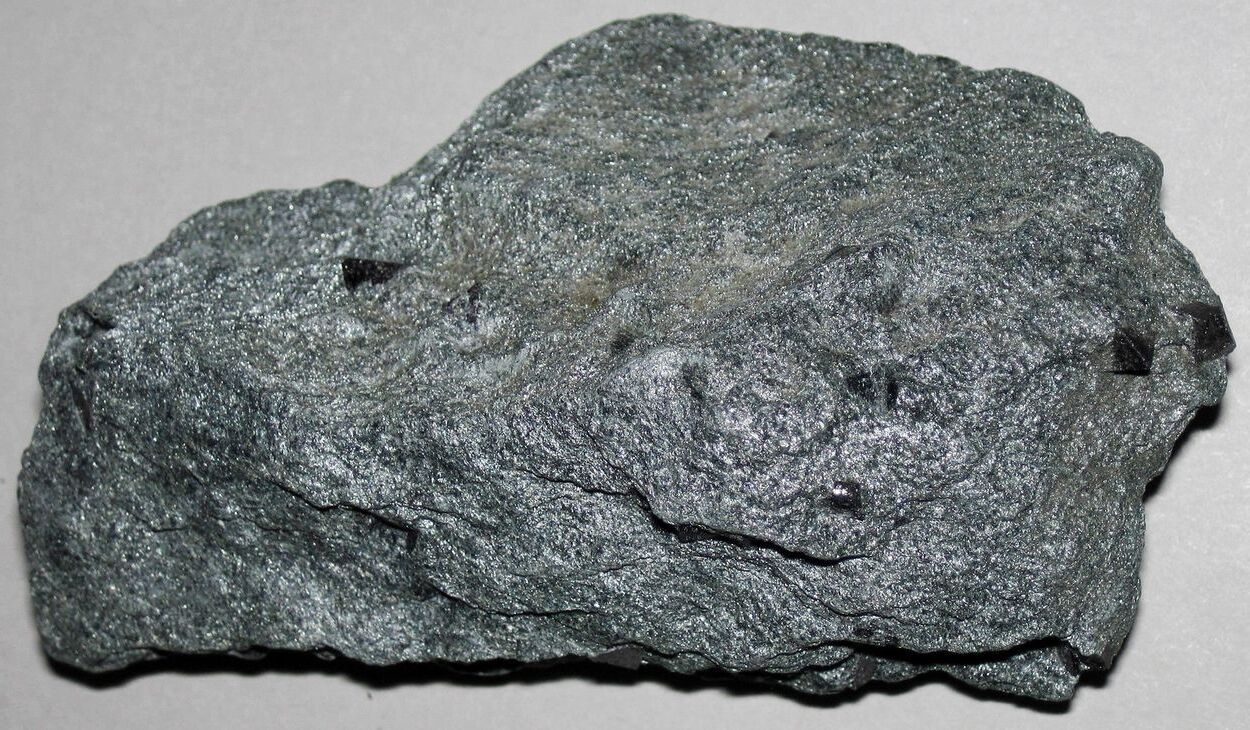
Gelatin is more than just a wobbly dessert ingredient. This versatile substance has a fascinating history and a multitude of uses. Did you know that gelatin is derived from collagen, which is found in animal bones, skin, and connective tissues? It's not just for making jiggly treats; gelatin plays a crucial role in the food industry, pharmaceuticals, and even photography. From marshmallows to gummy bears, gelatin gives these treats their unique texture. But its benefits extend beyond the kitchen. Gelatin is used in capsules for medications, as a clarifying agent in beverages, and even in cosmetics. Curious about how this seemingly simple ingredient can be so diverse? Let's dive into 50 intriguing facts about gelatin that will surprise and enlighten you.
Key Takeaways:
- Gelatin, made from animal bones and skin, is used in foods, beauty products, and even photography. It's rich in protein and can support skin, joint, and gut health.
- Gelatin is a versatile ingredient, used in cooking, medicine, and even special effects in movies. It's not just for making Jell-O, but also for making capsules, fireworks, and edible glitter!
What is Gelatin?
Gelatin is a common ingredient found in many foods and products. It's a protein derived from collagen, which is found in animal bones, skin, and connective tissues. Here are some fascinating facts about gelatin that you might not know.
- Gelatin is made by boiling animal bones, cartilage, and skin to extract collagen.
- It has been used for centuries, with evidence of its use dating back to ancient Egypt.
- Gelatin is flavorless and colorless, making it a versatile ingredient in cooking and baking.
- It is commonly used in gummy candies, marshmallows, and Jell-O.
- Gelatin can also be found in some yogurts, cream cheeses, and ice creams.
- It is used in the pharmaceutical industry to make capsules and tablets.
- Gelatin is a key ingredient in many beauty products, including face masks and hair treatments.
- It is often used in photography for making film and paper.
- Gelatin can be used as a clarifying agent in wine and beer production.
- It is also used in the production of some types of glue.
Nutritional Benefits of Gelatin
Gelatin isn't just a versatile ingredient; it also offers several health benefits. Let's explore some of the nutritional perks of consuming gelatin.
- Gelatin is rich in protein, containing 18 amino acids.
- It is particularly high in glycine, an amino acid that supports healthy skin and joints.
- Gelatin can help improve digestion by enhancing gastric acid secretion.
- It may aid in reducing joint pain and inflammation.
- Gelatin supports skin health by promoting collagen production.
- It can help improve the quality of hair and nails.
- Gelatin is low in calories, making it a diet-friendly ingredient.
- It may help improve sleep quality due to its glycine content.
- Gelatin can support gut health by strengthening the gut lining.
- It may aid in weight loss by promoting a feeling of fullness.
Uses of Gelatin in Cooking
Gelatin's unique properties make it a staple in many culinary applications. Here are some interesting ways gelatin is used in cooking.
- Gelatin is used to thicken sauces and soups.
- It can be used to stabilize whipped cream.
- Gelatin is essential for making panna cotta, a popular Italian dessert.
- It is used in making aspic, a savory jelly made from meat stock.
- Gelatin helps set custards and creams.
- It is used in making marshmallows, giving them their characteristic texture.
- Gelatin is a key ingredient in gummy candies.
- It can be used to make homemade fruit snacks.
- Gelatin is used in making mousse, giving it a light and airy texture.
- It can be used to make no-bake cheesecakes.
Gelatin in Medicine and Science
Beyond the kitchen, gelatin has important applications in medicine and science. Here are some ways gelatin is used in these fields.
- Gelatin is used to make capsules for medications and supplements.
- It is used in the production of plasma expanders for blood volume replacement.
- Gelatin is used in wound dressings to promote healing.
- It can be used in tissue engineering as a scaffold for growing new tissues.
- Gelatin is used in the production of vaccines.
- It is used in the culture of cells for scientific research.
- Gelatin can be used to create biodegradable medical implants.
- It is used in the production of some types of medical imaging films.
- Gelatin is used in the development of drug delivery systems.
- It can be used in the production of certain types of surgical sutures.
Fun Facts About Gelatin
Gelatin has some quirky and fun aspects that might surprise you. Here are some interesting tidbits about this versatile substance.
- Gelatin was once used to make early forms of photographic film.
- It is used in the production of some types of fireworks.
- Gelatin can be used to create special effects in movies, such as fake wounds.
- It is used in the production of some types of paper and cardboard.
- Gelatin can be used to make biodegradable plastics.
- It is used in the production of some types of ink.
- Gelatin can be used to make edible glitter.
- It is used in the production of some types of paint.
- Gelatin can be used to make homemade playdough.
- It is used in the production of some types of textiles.
Gelatin's Surprising World
Gelatin isn't just for desserts. This versatile ingredient has a rich history and countless uses. From its origins in ancient Egypt to its role in modern medicine, gelatin's journey is fascinating. It's used in photography, cosmetics, and even as a clarifying agent in beverages. Athletes and fitness enthusiasts praise it for its potential joint health benefits.
Understanding gelatin's many applications can change how you view this common pantry item. Next time you enjoy a gummy bear or a bowl of Jell-O, remember the science and history behind that wobbly treat. Whether you're a foodie, a health nut, or just curious, gelatin has something to offer. Dive into its world, and you'll find there's more to gelatin than meets the eye.
Frequently Asked Questions
Was this page helpful?
Our commitment to delivering trustworthy and engaging content is at the heart of what we do. Each fact on our site is contributed by real users like you, bringing a wealth of diverse insights and information. To ensure the highest standards of accuracy and reliability, our dedicated editors meticulously review each submission. This process guarantees that the facts we share are not only fascinating but also credible. Trust in our commitment to quality and authenticity as you explore and learn with us.


